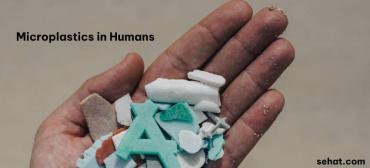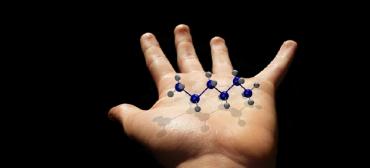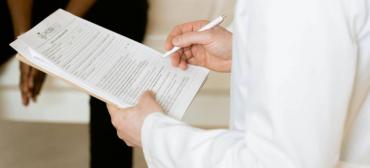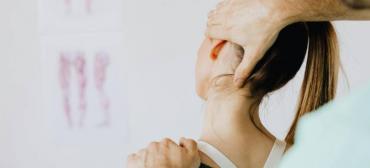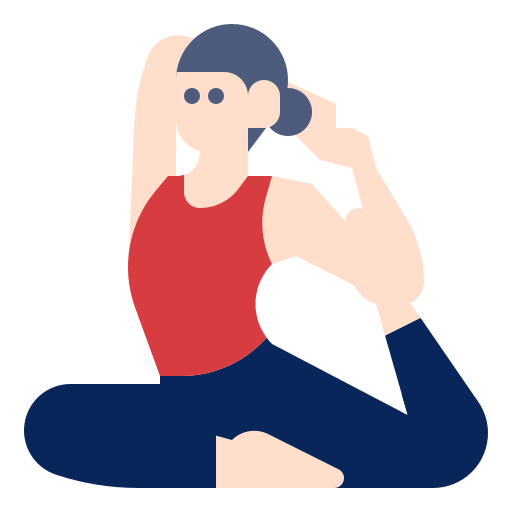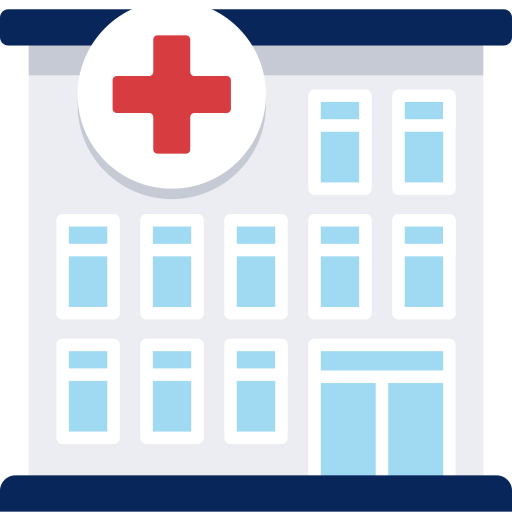Basic Anatomy of the Heart
| |
| Click Image to Enlarge |
About the heart
The heart is the hardest working muscle in the human body. Located almost in the center of the chest, the adult human heart is about the size of one fist.
At an average rate of 80 times a minute, the heart beats about 115,000 times in one day or 42 million times in a year. In a 70-year lifetime, an average human heart will beat more than 2.5 billion times. Even when a person is at rest, the heart continuously works hard.
How the heart works
The cardiovascular system, composed of the heart and blood vessels, is responsible for circulating blood throughout your body to supply the tissues with oxygen and nutrients.
| |
| Click Image to Enlarge |
The heart is the muscle that pumps blood filled with oxygen and nutrients through the blood vessels to the body tissues. It is made up of:
-
Four chambers (two atria and two ventricles) that receive blood from the body and pump out blood to it:
-
The atria receive blood coming back to the heart.
-
The ventricles pump the blood out of the heart.
-
-
Blood vessels, which compose a network of arteries and veins that carry blood throughout the body:
-
Arteries transport blood from the heart to the body tissues.
-
Veins carry blood back to the heart.
-
-
Four valves to prevent backward flow of blood:
-
Each valve is designed to allow the forward flow of blood and prevent backward flow.
-
-
An electrical system of the heart that stimulates contraction of the heart muscle.

